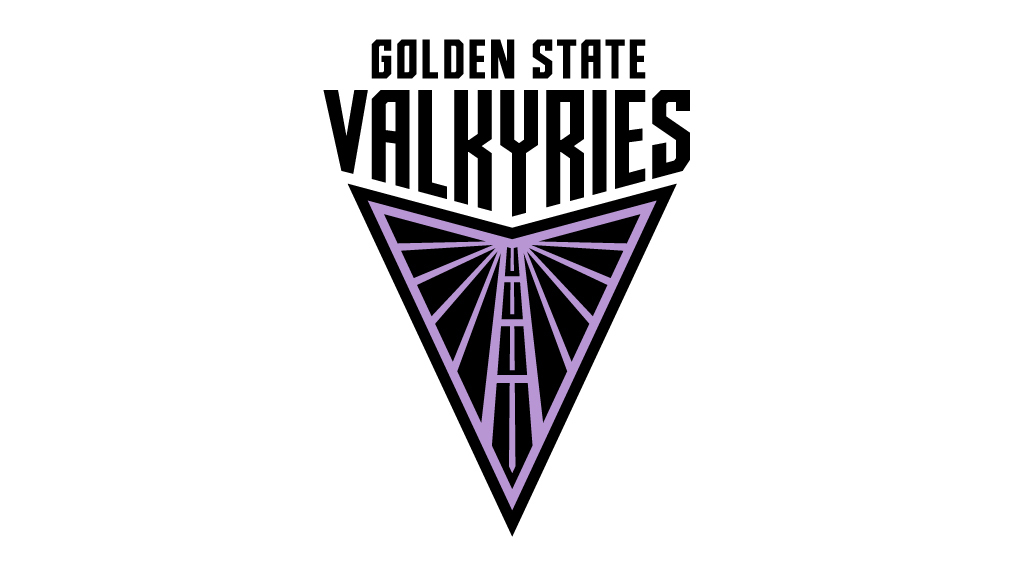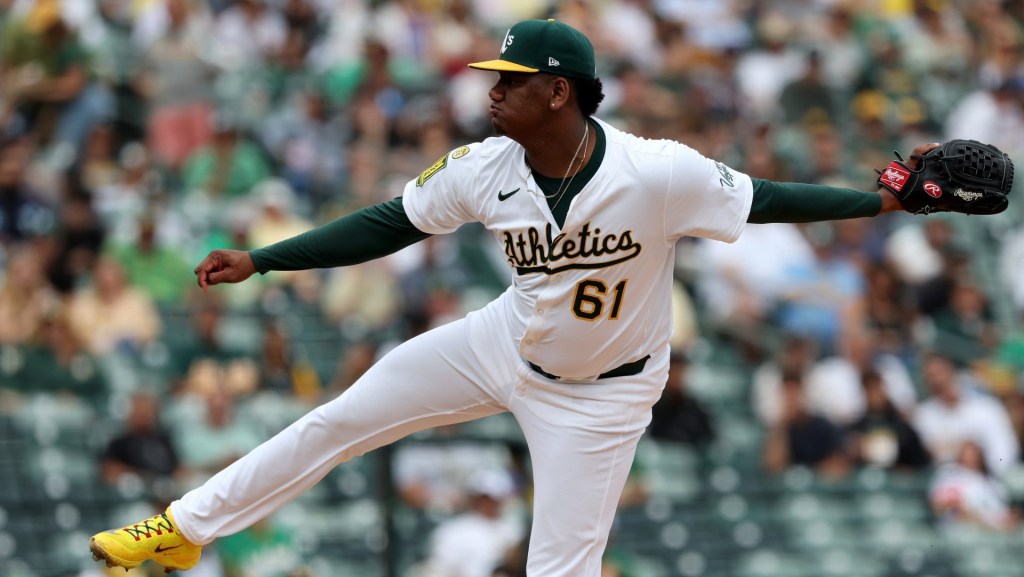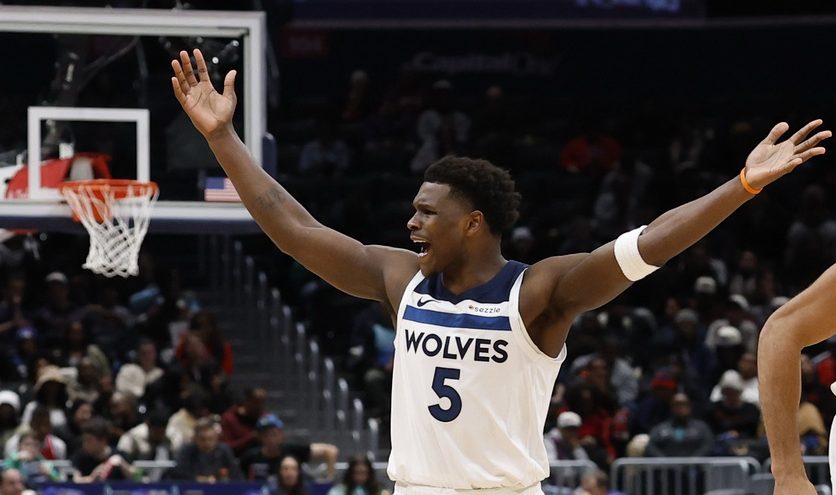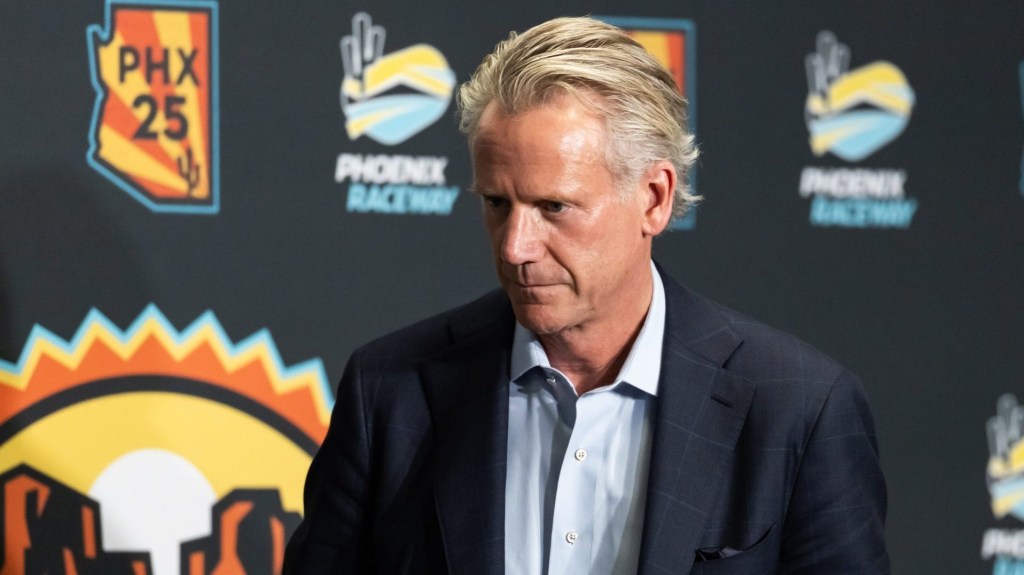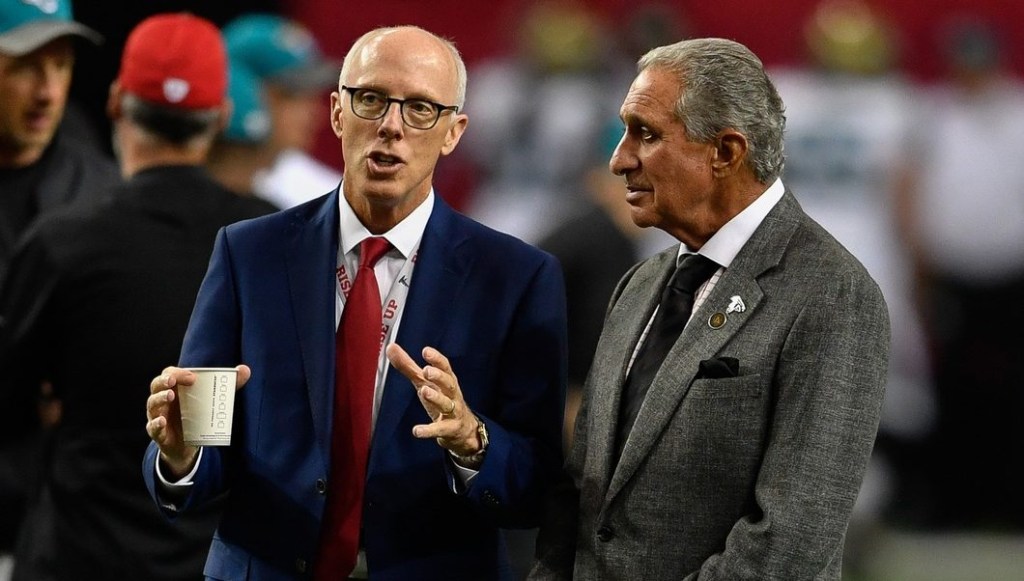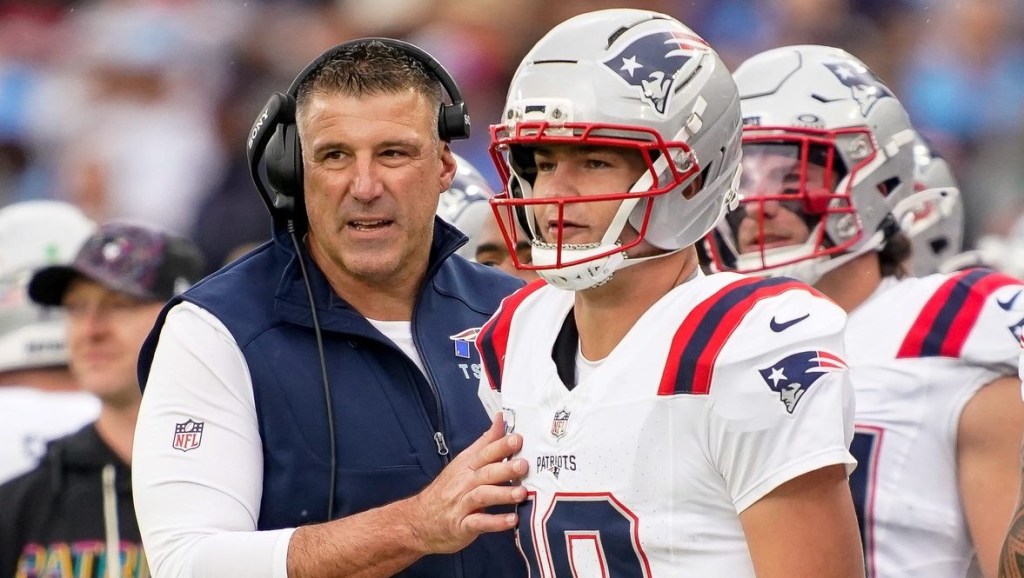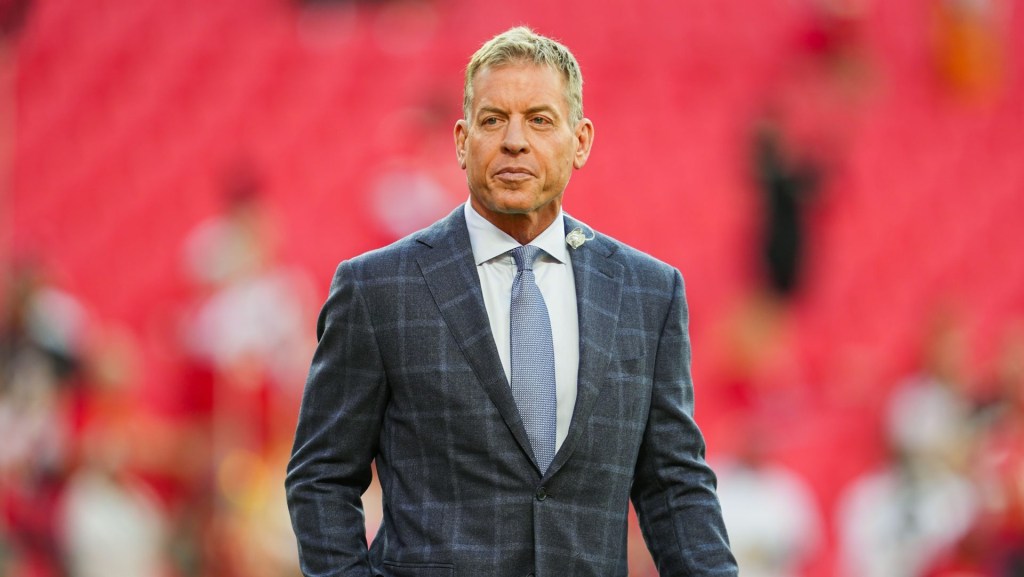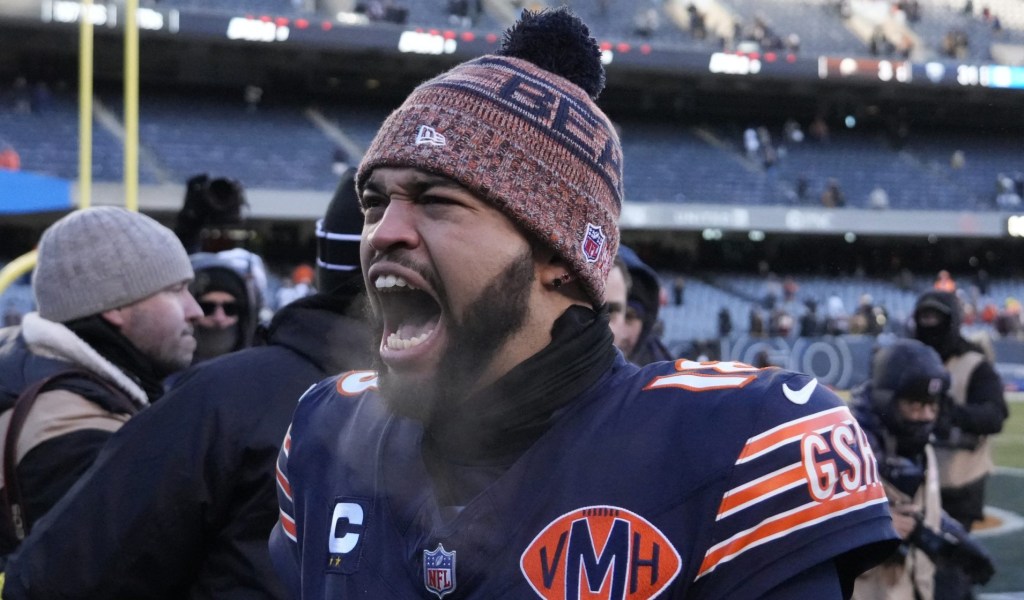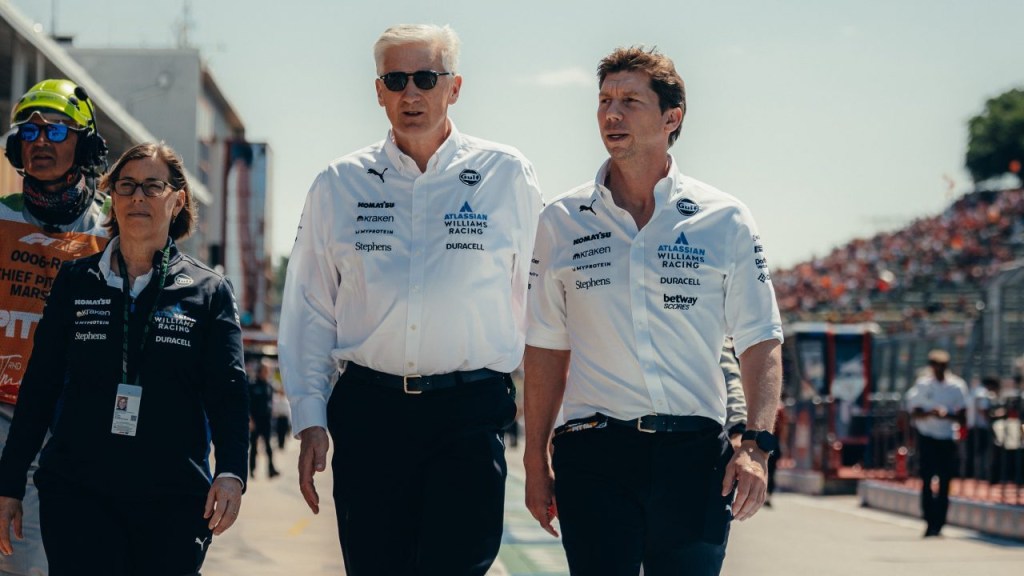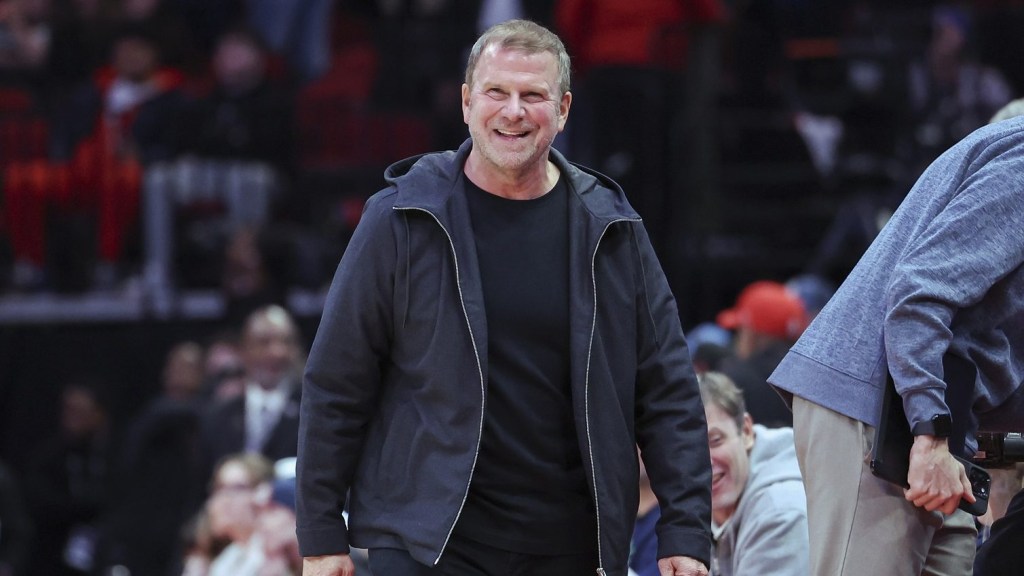Now that they have their name, the Golden State Valkyries are trying to walk the line other teams that share ownership with an NBA team do: how to both lean into the existing brand while developing your own.
The Valkyries, who revealed their name and logo Tuesday, will be the WNBA’s 13th team and first expansion franchise (since the Atlanta Dream in 2008) when they start play next season. The team shares ownership (and the Golden State moniker) with the Warriors, under Joe Lacob. The name was developed in part as a tie-in to the NBA team’s nickname: Valkyries are women warriors from Norse mythology armed with swords and shields.
When developing the name and colors, the organization wanted to create something that could stand on its own.
“We looked at a lot of different names, categories—we obviously landed in a Warriors-inspired category, so that was a key theme,” Amanda Chin, the Warriors’ senior vice president of marketing told Front Office Sports in an interview. She said Valkyries was the name that came up the most in fan surveys “by a long shot.” The team considered going with the Warriors’ blue-and-yellow color scheme but ultimately went for “a more unconventional approach,” which Chin said came from a place of “wanting to do justice” by the Valkyries name.
The colors, black and purple—or “valkyrie violet” as Chin calls it—are unclaimed in the Bay Area sports scene, where the Niners and Stanford Cardinal both claim red, while the Giants wear black and orange, and the departing A’s wear green and yellow. The Sacramento Kings and formerly the WNBA’s Monarchs have the closest color scheme to the Valkyries.
The Valkyries will be the sixth current WNBA team to share an NBA owner and market, after the Liberty (Joe Tsai/Brooklyn Nets), Fever (Herb Simon/Indiana Pacers), Mystics (Ted Leonsis/Washington Wizards), Lynx (Glen Taylor/Minnesota Timberwolves) and Mercury (Mat Ishbia/Phoenix Suns). The contrarian basketball writer Ethan Strauss was recently blasted by WNBA fans and media for suggesting on Bill Simmons’s podcast that teams like the Fever should just be named the “W Pacers” instead. (Simmons seemed to agree.) Followers of the women’s game pointed out that the WNBA launched in the ’90s with teams that tried to closely pair their branding with their male counterparts before going their own way in recent years. Chin said she had missed the entire contretemps but that “the WNBA is its own game.”
“There’s a lot of equity that’s been built up in the Golden State Warriors franchise that I think we want to leverage,” she said. “But a lot of the decisions that we made around the brand identity, I think, speak to the fact that we think it’s its own thing. I think comparing the WNBA and the NBA is something that people really need to stop doing.”
Some of the NBA owners have been able to take advantage of their shared properties in ways that benefit the women’s league. Tsai moved the Liberty—who bounced around the New York metro area while under the indifferent stewardship of Knicks owner James Dolan—permanently to Barclays Center in 2019. Ahead of the ’22 NBA draft, Leonsis’s Monumental Sports pulled off one of the cooler postdraft workout press conferences, trotting out former Duke center Mark Williams with his sister Elizabeth, who then played for the Mystics. Williams was ultimately drafted by the Charlotte Hornets.
The Valkyries are trying to find ways to do the same without overdoing it. The Warriors have become one of the most recognizable brands in all of sports, having won four NBA titles since 2015. Chin said it’s natural to take some aspects of the Warriors’ business over to the Valkyries, but not everything will translate. The Warriors were founded in 1946, giving them nearly an 80-year head start on their counterparts with name recognition.
Chin said the early returns for the Valkyries have been both promising and surprising. As of Tuesday, the team has more than 7,500 deposits for season tickets despite not having a name or logo until then.
“It’s a lot of new fans coming in and raising their hands saying they want to participate,” Chin said. “At the moment, there isn’t a ton of overlap with our Warriors season-ticket holder base.”
The Valkyries will share a home with the Warriors in the Chase Center, Lacob’s $1.4 billion arena, which opened in 2019 and can fit roughly 18,000 for a basketball game. Chin said it’s currently undecided if the Valkyries will cap capacity—some WNBA teams only open the lower bowl of large arenas, depending on the opponent—given the early ticket response and the year they have to grow it before starting play.
“We’re waiting to see the fan response to see what the game presentation is going to look like and how we provide availability to folks who want to come and see the game live,” Chin said. “But we know that we want to have an incredible in-game presentation and a huge part of that is a sold-out arena, which is something we’ve done over 500 times on the Warriors side.”
In addition to a name and logo, the Valkyries have had team president Jess Smith, who came from the NWSL’s Angel City FC, as team president since January and recently hired Liberty assistant general manager Ohemaa Nyanin to run the front office.
“We need a head coach and we need some players,” Chin said. That will obviously be more challenging than creating a brand, and the Warriors’ successes loom even larger there. But judging by the overwhelmingly positive fan response to the new name, the Valkyries’ front office is one-for-one so far.
